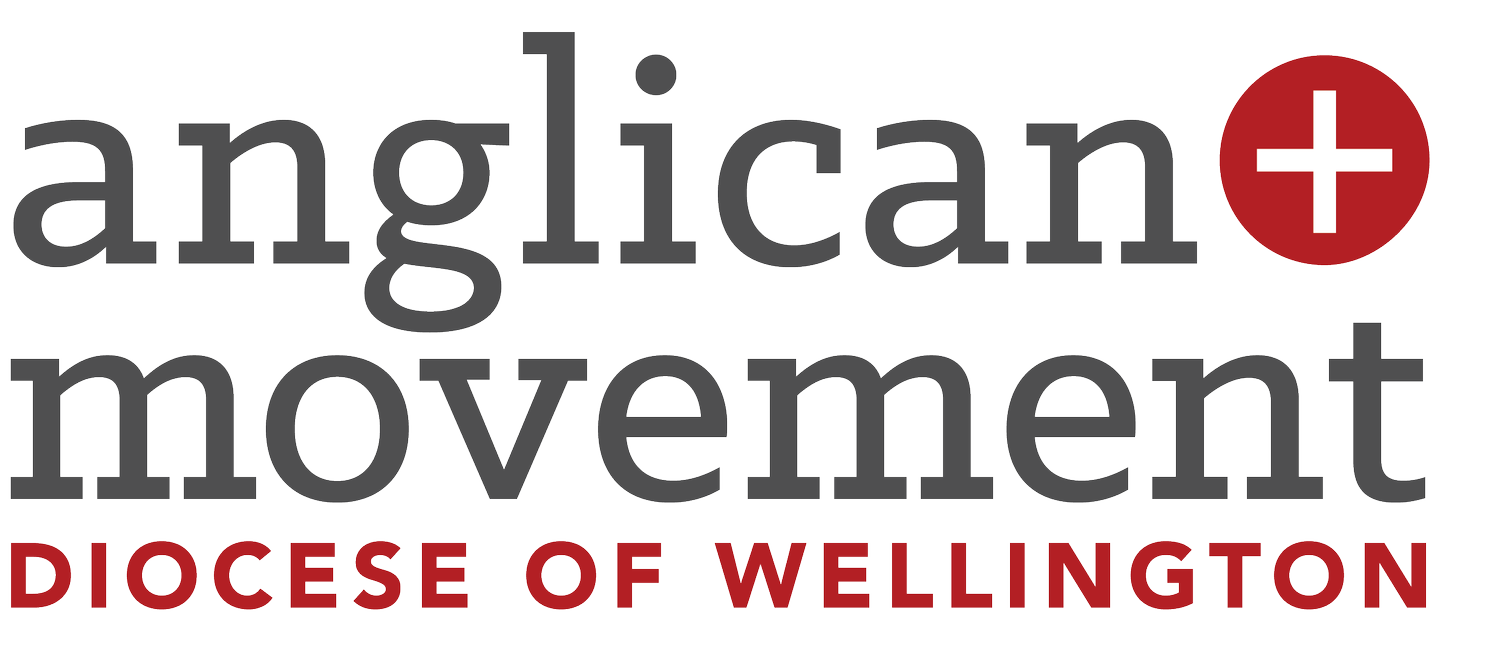Crafting the Lectionary for the Church
For Rev. Lawrence Kimberley, the lectionary is far more than a mere schedule of readings—it is a spiritual endeavour and an act of service.
As one of the key creators of the annual lectionary for the Anglican Church in Aotearoa, New Zealand and Polynesia we asked Lawrence to share with us about his work.
As a cornerstone of worship in the Anglican Church, the lectionary binds congregations together through shared scripture. Lawrence sees it as "a glue for holding us all together," a unifying tool that fosters collective discernment of Christ’s teachings and mission.
“Does God speak to me through this? Absolutely,” Lawrence reflects, emphasizing that the process of creating the lectionary is deeply intertwined with his faith. “I feel drawn to God when I am doing this.”
He devotes six weeks annually—mostly on Saturdays and evenings—to assembling the lectionary for the Church in Aotearoa, New Zealand, and Polynesia. However, it’s not a lonely task. His wife, Elizabeth, provides vital support, particularly during the rigorous proofreading phase, which takes a full weekend. “Elizabeth and I go over the entire lectionary once it’s finished, and then Bishop George, the king of proofreaders, finds errors we’ve missed,” he shares with a smile.
Accountable to the Common Life Liturgical Commission, Lawrence also receives logistical support from General Secretary Michael Hughes, who oversees copyright permissions and printing. Meanwhile, another team prepares collects—short prayers linked to the readings—and ensures they are translated into Te Reo Māori.
At its heart, the lectionary seeks to “open out the scriptures for public prayer,” drawing on centuries of Christian tradition. While some elements remain fixed, such as readings for major festivals like Easter and Christmas, the lectionary undergoes substantial updates each year.
“It’s a fascinating balance of continuity and change,” explains Lawrence. Each day’s readings must be carefully adjusted, following tables approved by the General Synod that align with the Church’s core worship practices. These tables provide structure while ensuring that the lectionary remains relevant to contemporary congregations.
The lectionary encompasses multiple reading cycles. These cycles, Lawrence says, “Are instruments of spiritual growth”.
“They help us hear God’s voice in our local contexts and nurture the faith of God’s people.”
Sunday Readings: These follow a three-year cycle, walking the congregation through Christ’s life, ministry, death, and resurrection, fostering a deeper relationship with Him.
Daily Eucharistic Lectionary: A two-year cycle that unveils Christ’s identity and teachings.
Weekday Morning and Evening Prayer: A five-year cycle aiming to cover the entire Bible—a tradition dating back to Archbishop Cranmer in the 16th century.
Psalm Cycle: Provision of psalms to nurture our daily prayer.
Saints Cycle: Another one-year cycle, this highlights the diverse ways the gospel has been lived out by Christians, calling the Church to holiness.
While the work is meticulous, Lawrence finds profound meaning in it. “The lectionary is a service for the whole Church,” he says. “It’s a blessing for all God’s people and an instrument of unity.”
"I feel the Holy Spirit bringing order to the Church through this work,” he explains. “It enables and feeds the people of God for mission."
Collaboration plays a crucial role in the lectionary’s creation. Consultation with Tikanga Māori takes place through the Common Life Liturgical Commission, ensuring that feedback is integrated thoughtfully. Additionally, the broader Anglican Communion contributes to the readings, embedding the wisdom of the global Church into this local expression of worship.
Though much of the work falls to Lawrence, he remains deeply grateful for the contributions of others. “It’s a collective effort,” he insists, highlighting the importance of community in creating a resource that unites and uplifts.
As the Church continues to navigate the complexities of modern life, the lectionary remains a steadfast guide. For Lawrence, it is a labour of love, a spiritual discipline, and a testament to the enduring power of scripture.
“In every reading, we encounter the living Christ,” Lawrence concludes. “And through these shared words, we are drawn closer to Him—and to one another.”
Lawrence Kimberley is Chair of Anglican Financial Care, has served as the Dean of Christchurch Cathedral and as Vicar of Opawa-St Martins Parish. He is currently the Chief Executive of Community Law Canterbury/Te Ture Whanui o Waitaha.

